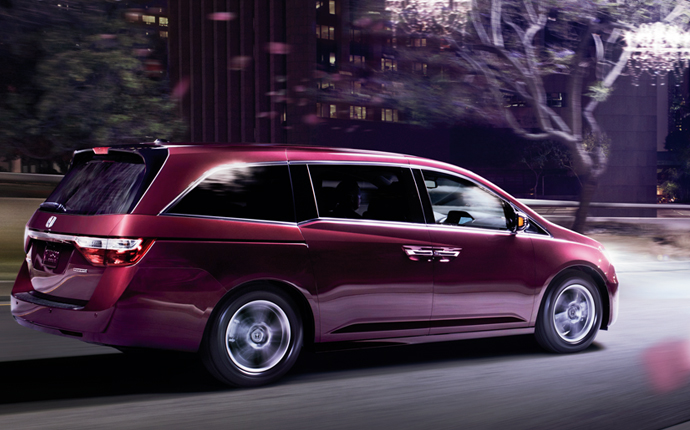Car Classifictation
| Home | Country Cars | Fastest Cars | Car Classification | Engine Types |
|---|
A city car is a small automobile for use in urban areas. Unlike microcars, a city car's greater speed, capacity and occupant protection are safer in mixed traffic environments and weather conditions. While city cars can reach highway speeds, that is not their intended use. In Japan, city cars are called kei cars. Kei cars have to meet strict size and engine requirements: engines have a maximum displacement of 660 cc and the car's length must be under 3400 mm.
Known as supermini in Europe, subcompact in North America. Superminis have three, four or five doors and are designed to seat four passengers comfortably. Current supermini hatchbacks are approximately 3900 mm long, while saloons and estate cars are around 4200 mm long. In Europe, the first superminis were the Fiat 500 of 1957 and the Austin Mini of 1959. Today, superminis are some of the best selling vehicles in Europe. In Australia, the motoring press tends to distinguish between a light car such as the Daihatsu Charade or early models of the Holden Barina, and slightly larger models such as the Ford Fiesta which is considered to be a small car. As the general size of vehicles in this class has gradually increased, the category of light car has almost disappeared.An example of the Supermini/subcompact car is the modern 2009 Ford Fiesta.
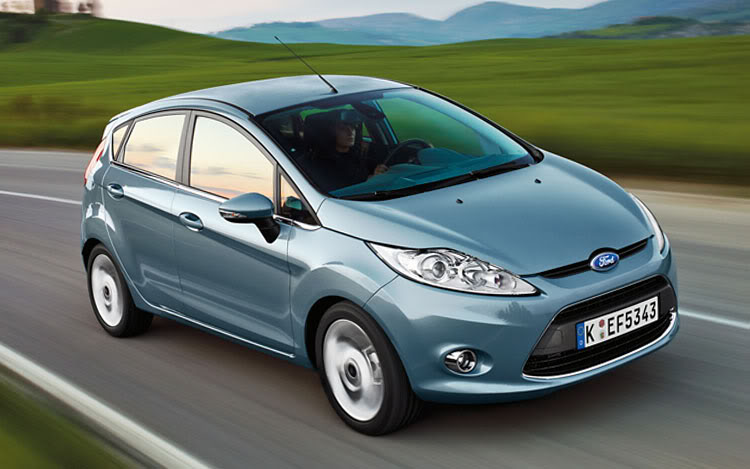
Small family/compact cars refer to the longest hatchbacks and saloons and estate cars with similar size. They are approximately 4250 mm long in case of hatchbacks and 4500 mm in the case of saloons and estate cars. Compact cars have room for five adults and usually have engines between 1.4 and 2.2 litres, but some have engines of up to 2.5 litres. These are the most popular vehicles in most developed countries.
Large family/mid-size cars have room for five adults and a large trunk (boot). Engines are more powerful than small family/compact cars and six-cylinder engines are more common than in smaller cars. Car sizes vary from region to region; in Europe, large family cars are rarely over 4700 mm long, while in North America, Middle East and Australasia they may be well over 4800 mm. An example of the Large family car/mid-size car is the modern 2010 Honda Accord.
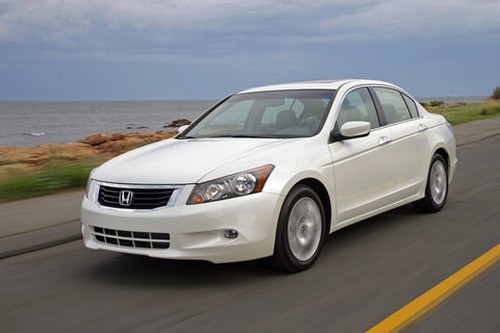
This term is used most in North America, Middle East and Australia where it refers to the largest sedans on the market. Full-size cars may be well over 4900 mm long and are the roomiest vehicles. An example of the Full-size car/large car is the modern 2009 Dodge Charger.
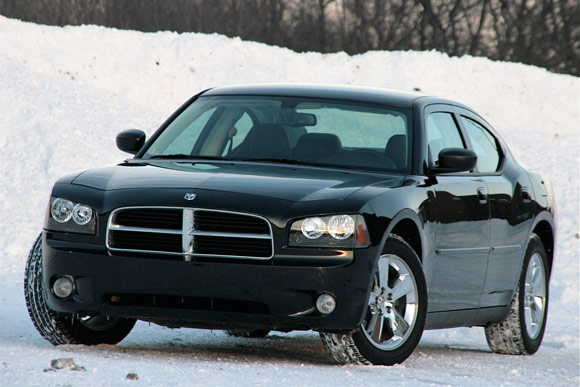
These are luxurious equivalents to mid-size and compact cars. Powerful four-, six- and even eight-cylinder engines are available but, rear seat room and trunk space are more reduced than in more common executive or luxury vehicles simply because of their smaller size and sport characteristics.
An executive car or mid-luxury car is larger than a large family car/mid-size car and a compact executive car/entry-level luxury car. They are usually very roomy, powerful and luxurious, making them more expensive than "standard" saloons. An example of the modern Executive car/mid-luxury car is the Mercedes-Benz W212.
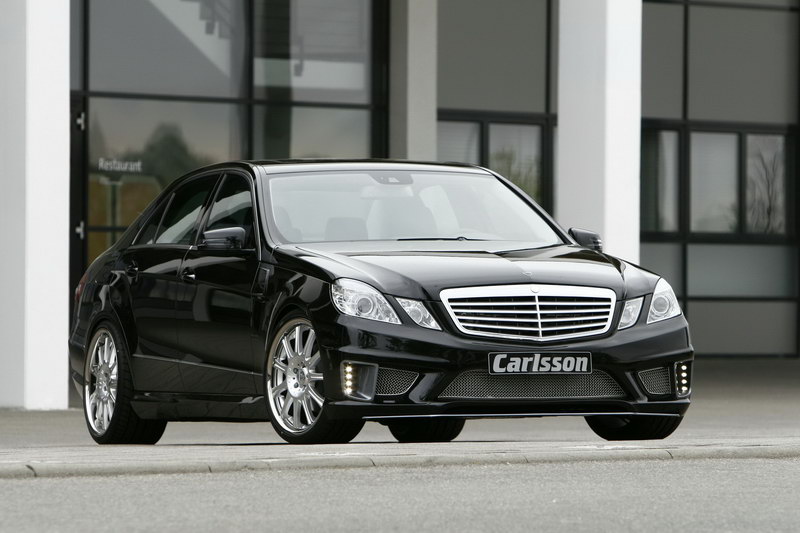
A full-size car is typically a four-door saloon(sedan). These are the most powerful saloons, with six, eight and twelve-cylinder engines and have more equipment than smaller models. An example of the modern Full-size luxury car/Grand saloon is the Rolls Royce Phantom.
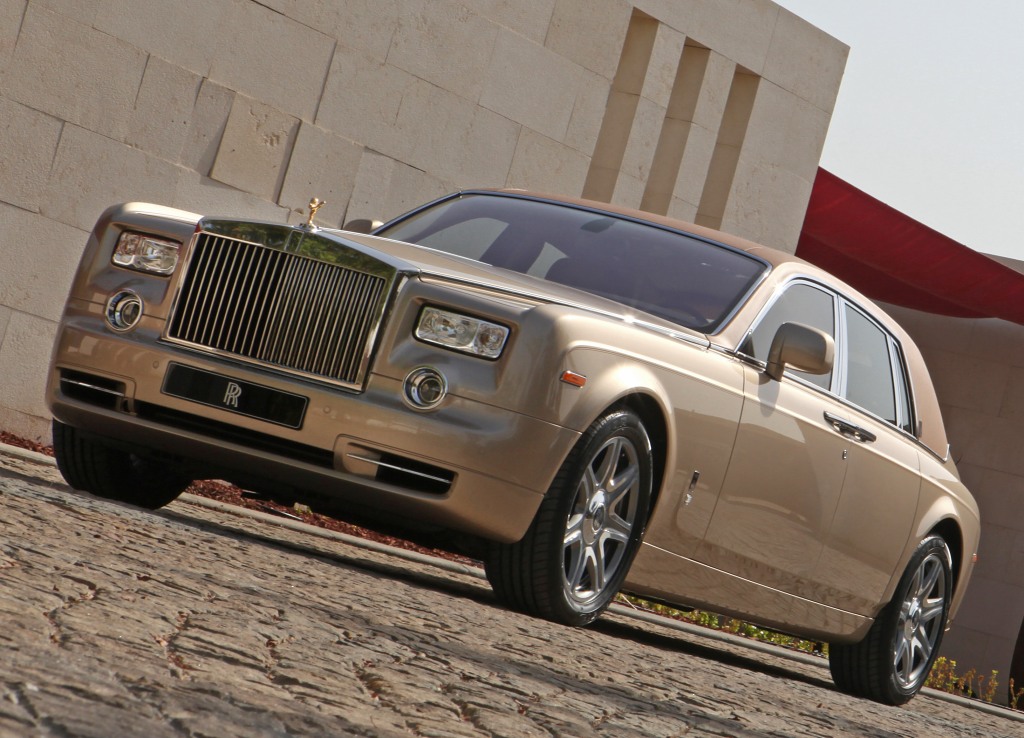
A hot hatch or sport compact is a high-performance hatchback, based on standard superminis or small family cars with improved performance, handling and styling. Hot hatches are very popular in Europe, and originated from the original Volkswagen Golf GTI. In North America, sport compacts are usually sold as saloons or coupés rather than hatchbacks. The hot hatches are now expanded to large family hatchbacks, and is called as large hot hatch as these are larger than small hot hatches.
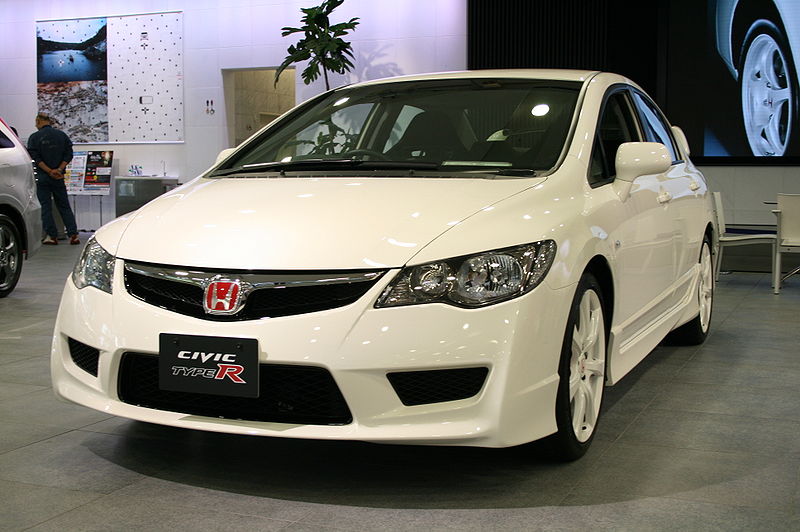
These are high performance versions of saloons. Sometimes originally homologated for production based motorsports (touring cars) and like regular saloons, seats four or five people.An example of the modern Sports saloon / sports sedan is the Mitsubishi Lancer Evolution X.
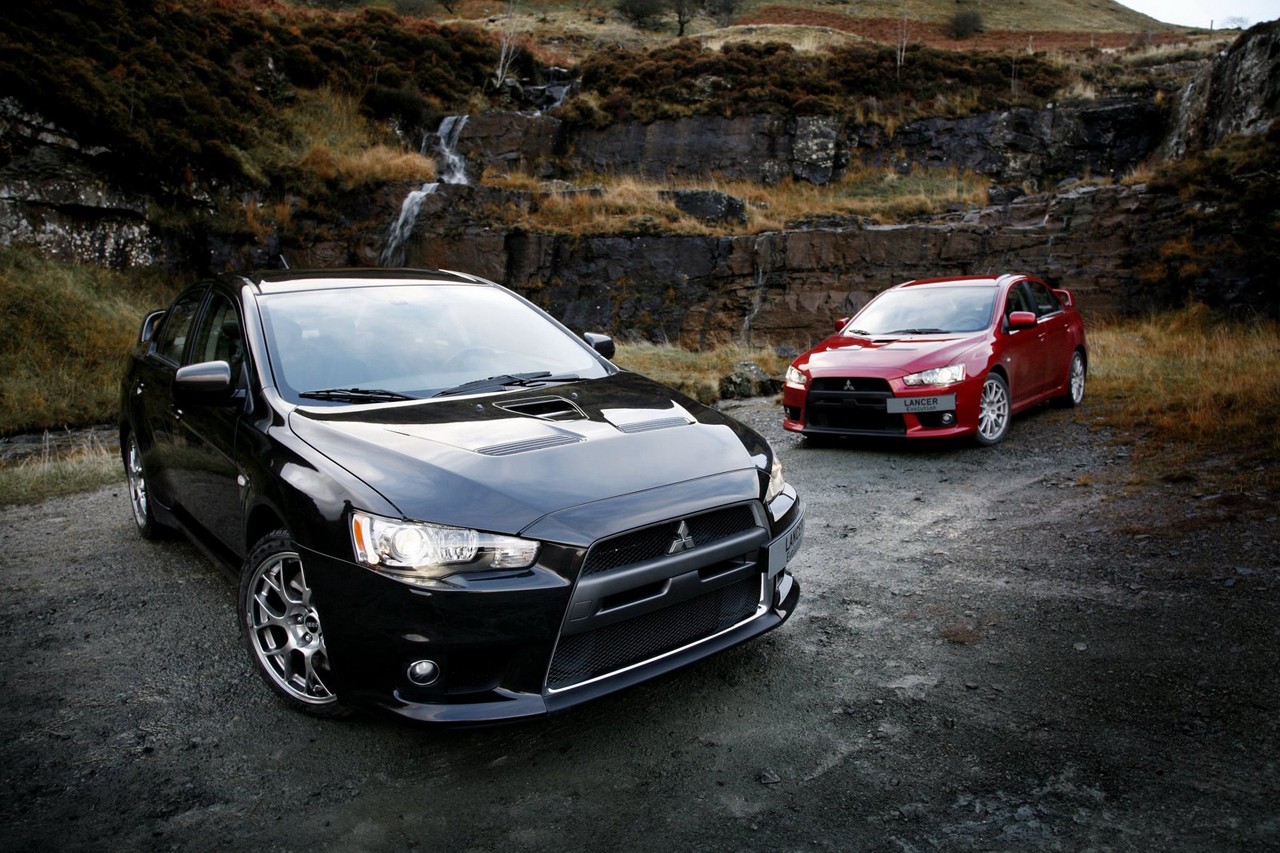
This small-size vehicle class combines performance and handling. Sometimes inspired by racing vehicles, this class ranges from lightweight derivatives such the Lotus Elise and "average consumer" focused models such as the Mazda MX-5, to heavier and more powerful models such as the Dodge Viper.
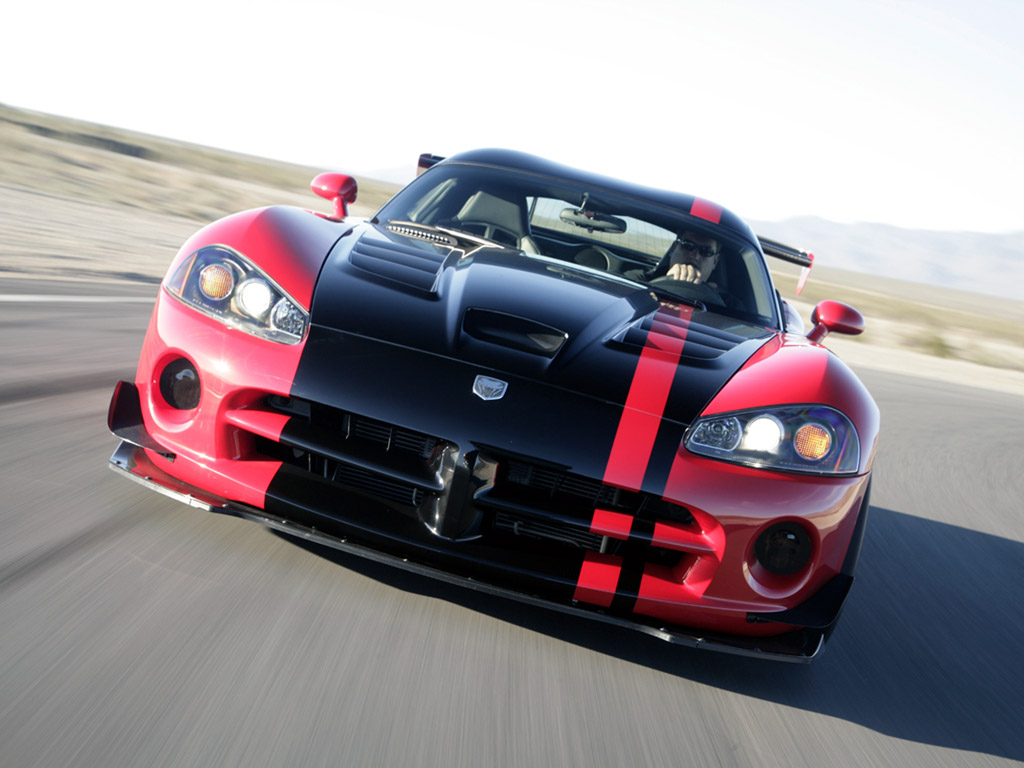
Larger, more powerful and heavier than sports cars, these vehicles typically have a FR layout and seating for four passengers (2+2). These are more expensive than sports cars but not as expensive as supercars. Some grand tourers are hand-built.
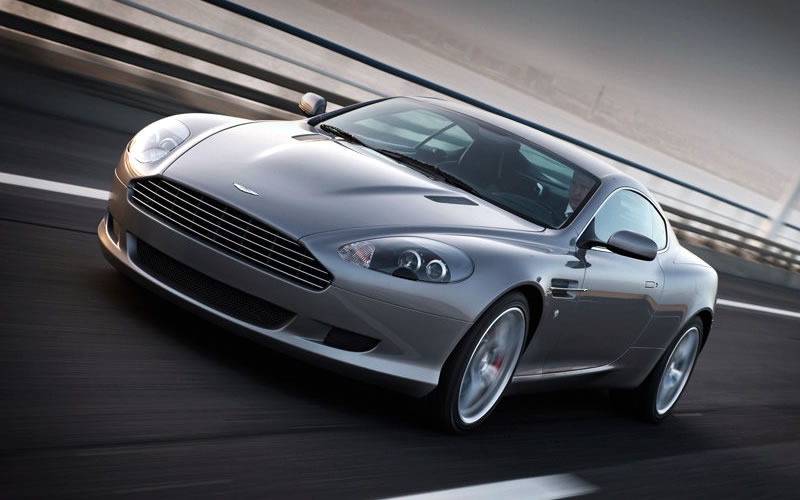
Supercar is a term generally used for ultra-high-end exotic cars, whose performance is superior to that of its contemporaries. The proper application of the term is subjective and disputed, especially among enthusiasts.
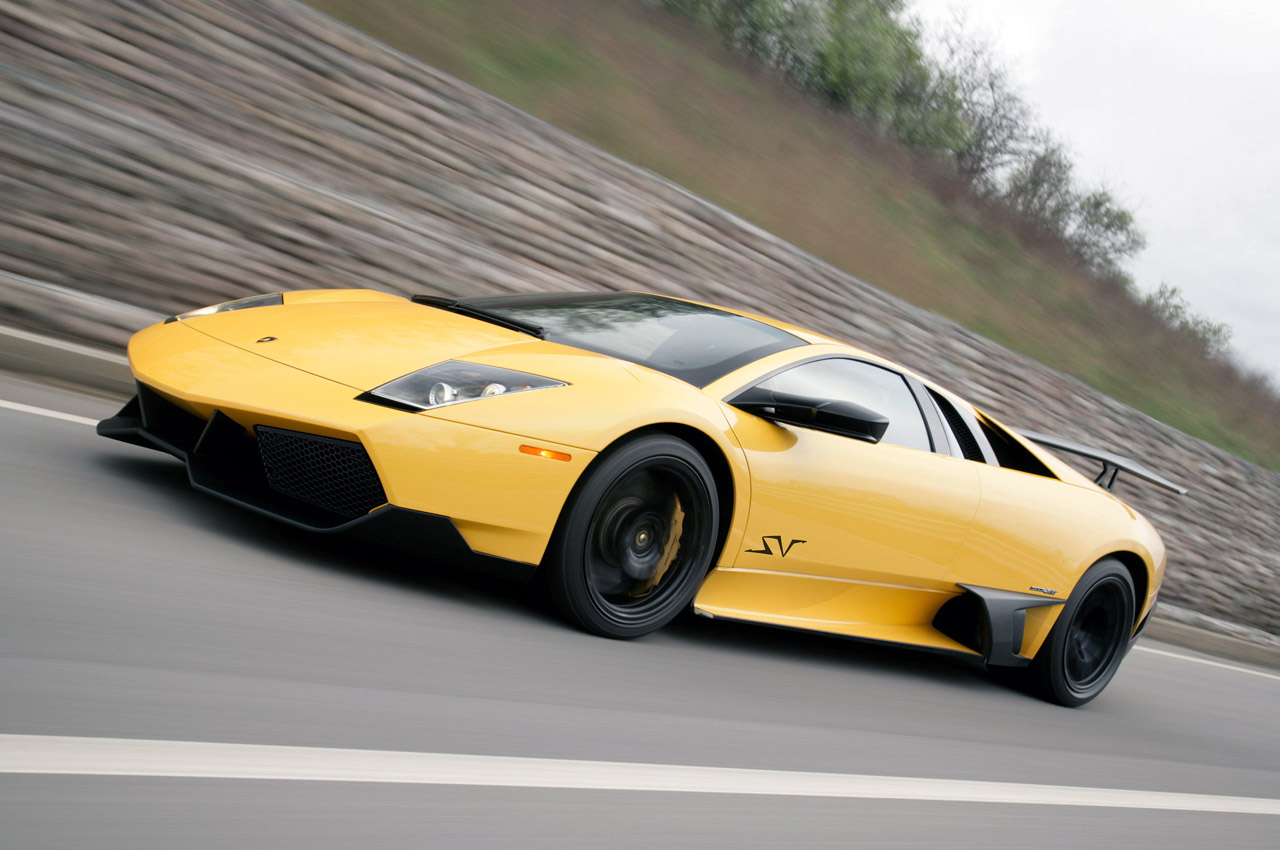
The muscle car term refers to a variety of high-performance vehicles, mainly affordable 2-door rear wheel drive mid-size cars with powerful V8 engines that were most often made in the United States. Although opinions vary, it is generally accepted that classic muscle cars were produced in the late 1960s and early 1970s. Muscle cars were also produced in Australia and other nations.
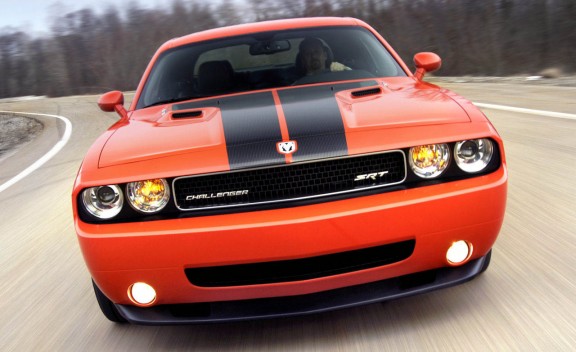
A car that features a flexibly operating roof for open or enclosed mode driving. Also known as a cabriolet or roadster.
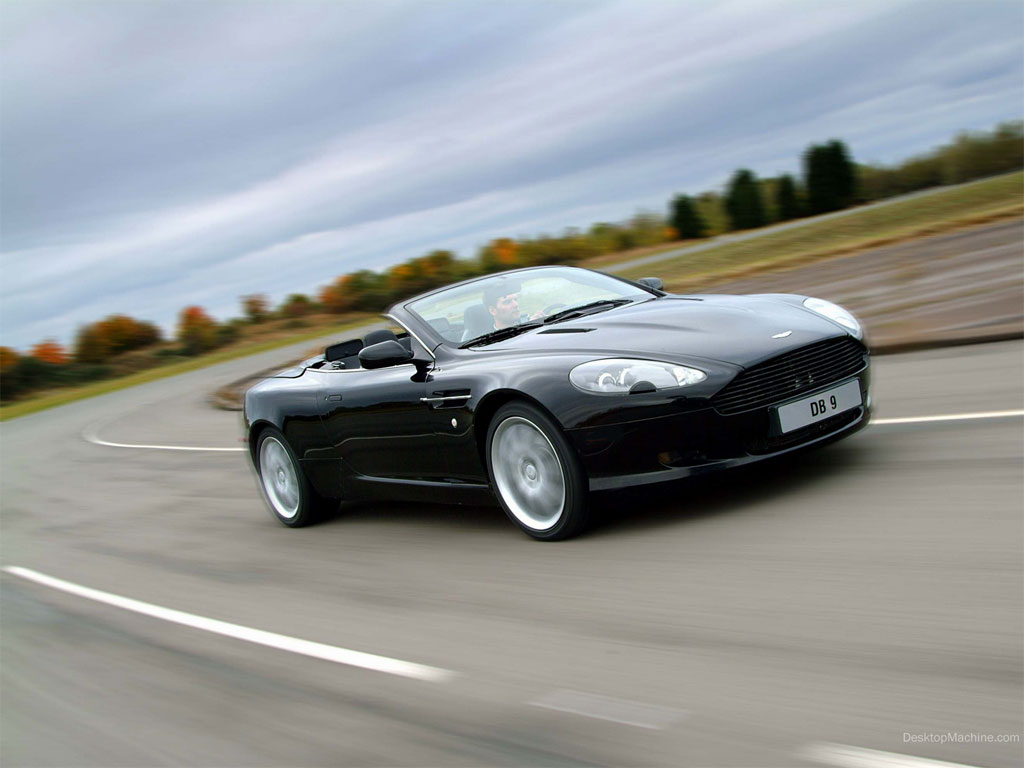
Sport utility vehicles are off-road vehicles with four-wheel drive and true off-road capability. They most often feature high ground clearance and an upright, boxy body design. Sport Utilities are typically defined by a body on frame construction which offers more off-road capability but reduced on-road ride comfort and handling compared to a cross-over or car based utility vehicle.
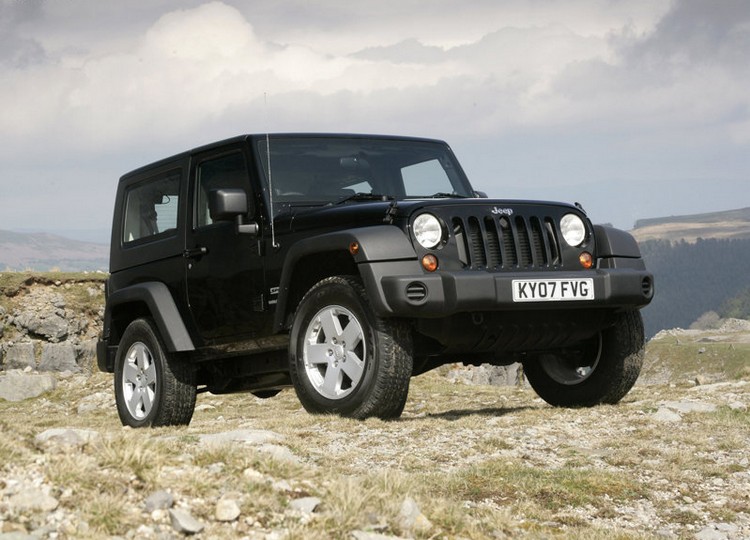
Crossover SUVs are derived from an automobile platform using a monocoque construction with light off-road capability and lower ground clearance than SUVs. They may be styled similar to conventional "off-roaders", or may be look similar to an estate car or station wagon.
Also known as "people carriers", this class of cars resembles tall estate cars. Larger MPVs may have seating for up to eight passengers. (Beyond that size, similar vehicles tend to be derived from vans (see below) and in Europe are called minibuses.) Being taller than a family car improves visibility for the driver (while reducing visibility for other road users) and may help access for the elderly or disabled. They also offer more seats and increased load capacity than hatchbacks or estate cars.
